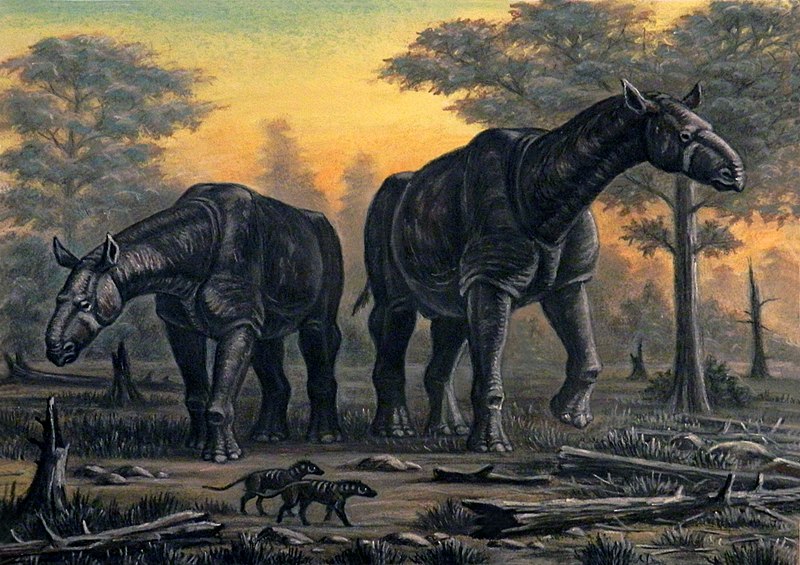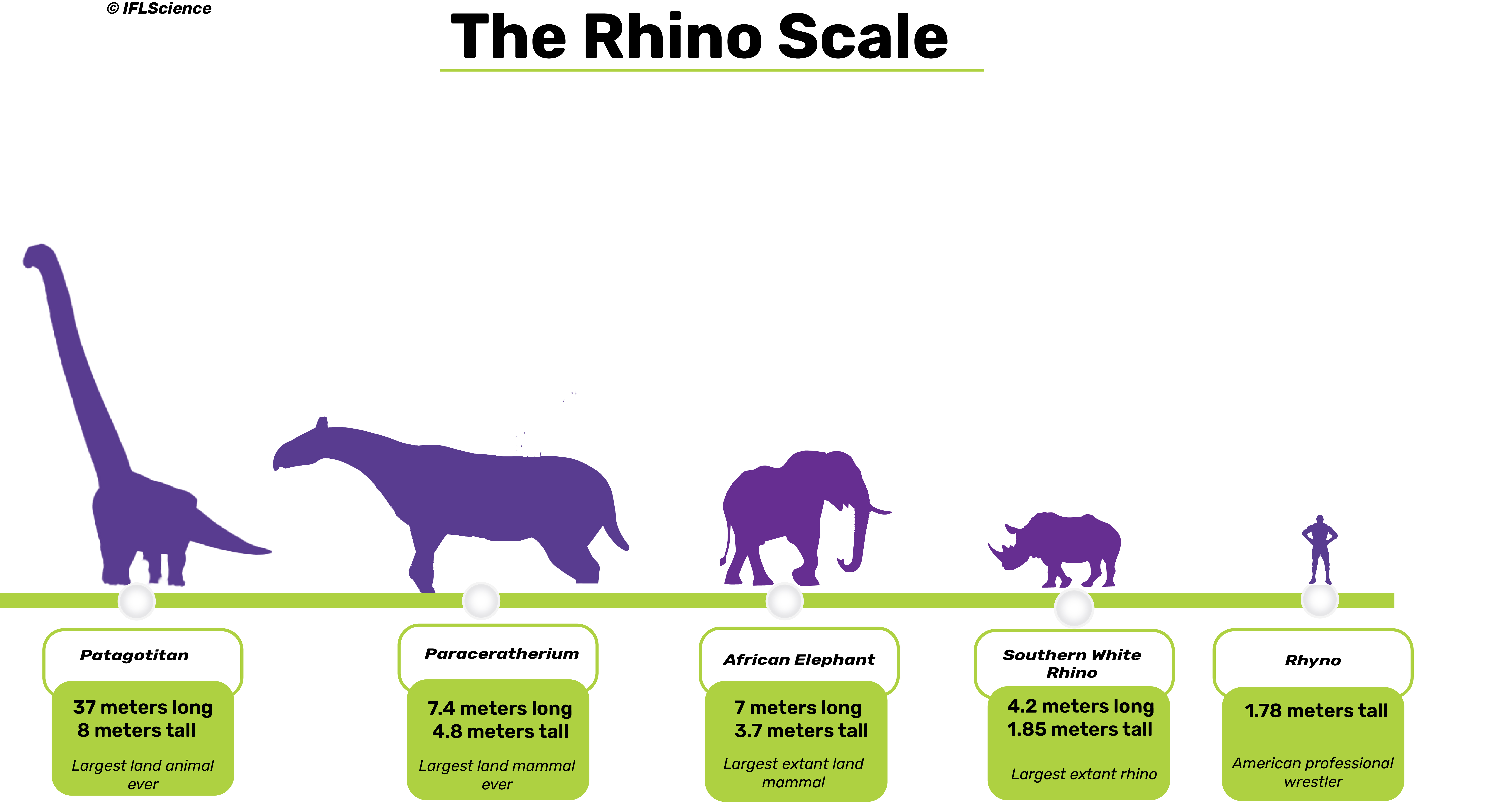Since the demise of the dinosaurs, mammals have thrived. Without their scaly peers around, their numbers exploded, they diversified, and they got bigger – but just how big?
We know that the blue whale is the largest mammal ever – heck, it’s also the most massive animal to ever live – measuring around 30 meters (98 feet) and weighing up to 200 tons. But what about mammals that walked the Earth?
Currently, the African elephant is considered the largest living land mammal (and also animal) in the world. Coming in at 7 meters (23 feet) long and 3.7 meters (12 feet) tall, these extant giants typically weigh 4 to 7 tonnes and also have the heaviest brain and nose of any terrestrial mammal. Not bad – but they’re no contest for the largest land mammal ever.
That crown goes to the now-extinct Paraceratherium – a massive hornless rhino with a giraffe-like long neck. Found mostly in Asia, in China, Mongolia, Kazakhstan, and Pakistan during the early to late Oligocene epoch (34–23 million years ago), these behemoths dwarf the biggest rhino we have today – the southern white rhino, which can reach 4.2 meters (13.8 feet) long, 1.85 meters (6 feet) tall, and weighs 3.6 tonnes.
Paraceratherium, meanwhile, is thought to have had a total length of 7.4 meters (24 feet) and a shoulder height of 4.8 meters (15.7 feet), making it the most massive mammal to ever walk the Earth. The prehistoric goliath is also believed to have weighed around 17 tonnes – almost five times as much as its extant counterpart – based on estimates from a partially reconstructed skeleton in the American Museum of Natural History.

Paraceratherium transouralicum – a species in the genus Paraceratherium.
Back in 2021, a new species of extinct giant rhino, Paraceratherium linxiaense, was discovered in Tibet. Dating from 26.5 million years ago, the fossils included a completely preserved skull, as well as a mandible and vertebrae from another individual. “The skull was more than a meter (3 feet) long,” Deng Tao, lead author of a study presenting the findings, told CNN at the time. “It was very rare for a skull of that size to be preserved.”
However, Paraceratherium’s reign as the largest land mammal is not uncontested. Due to the incompleteness of fossils discovered, it’s not possible to know for sure just how big these ancient rhinos grew – and they face some stiff competition from other extinct titans.

How does Paraceratherium size up against these giants?
Image credit: Yegane Bagirova/Benevector/ Oleg Senkov/Shutterstock.com and Chen Yu, created by IFLScience
For example, some say the straight-tusked elephant Palaeoloxodon, which lived around 700,000–50,000 years ago, was even bigger than Paraceratherium, weighing up to 22 tonnes. This was based on just a fragment of a femur, however, so is discounted by others. Other estimates using more complete limb bones from juvenile elephants place Palaeoloxodon‘s weight at a more modest 13–15 tonnes.
Borson’s mastodon, which inhabited parts of Eurasia 5 to 2.5 million years ago, is thought to have weighed in the region of 15–16 tonnes, so would also give our enormous rhino a run for its money.
Regardless of the debate, none of these heavyweights come anywhere near the largest animal to ever walk the Earth.
It’s not a mammal, but Patagotitan mayorum was undeniably mammoth, stretching 37 meters (121 feet) in length and weighing the equivalent of 10 African elephants. The likes of Paraceratherium could never.
Source Link: What Is The Largest Mammal Ever To Walk The Earth?